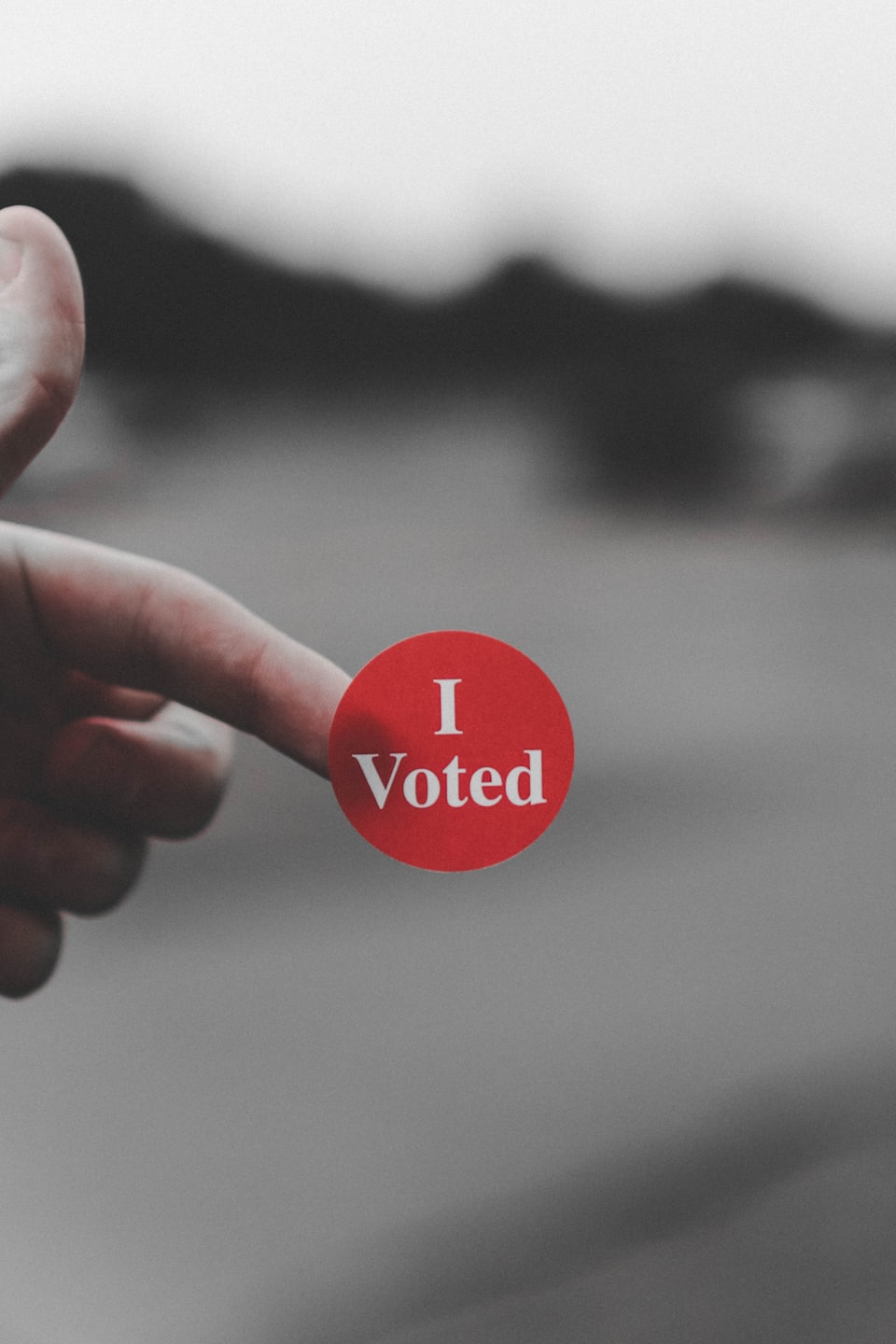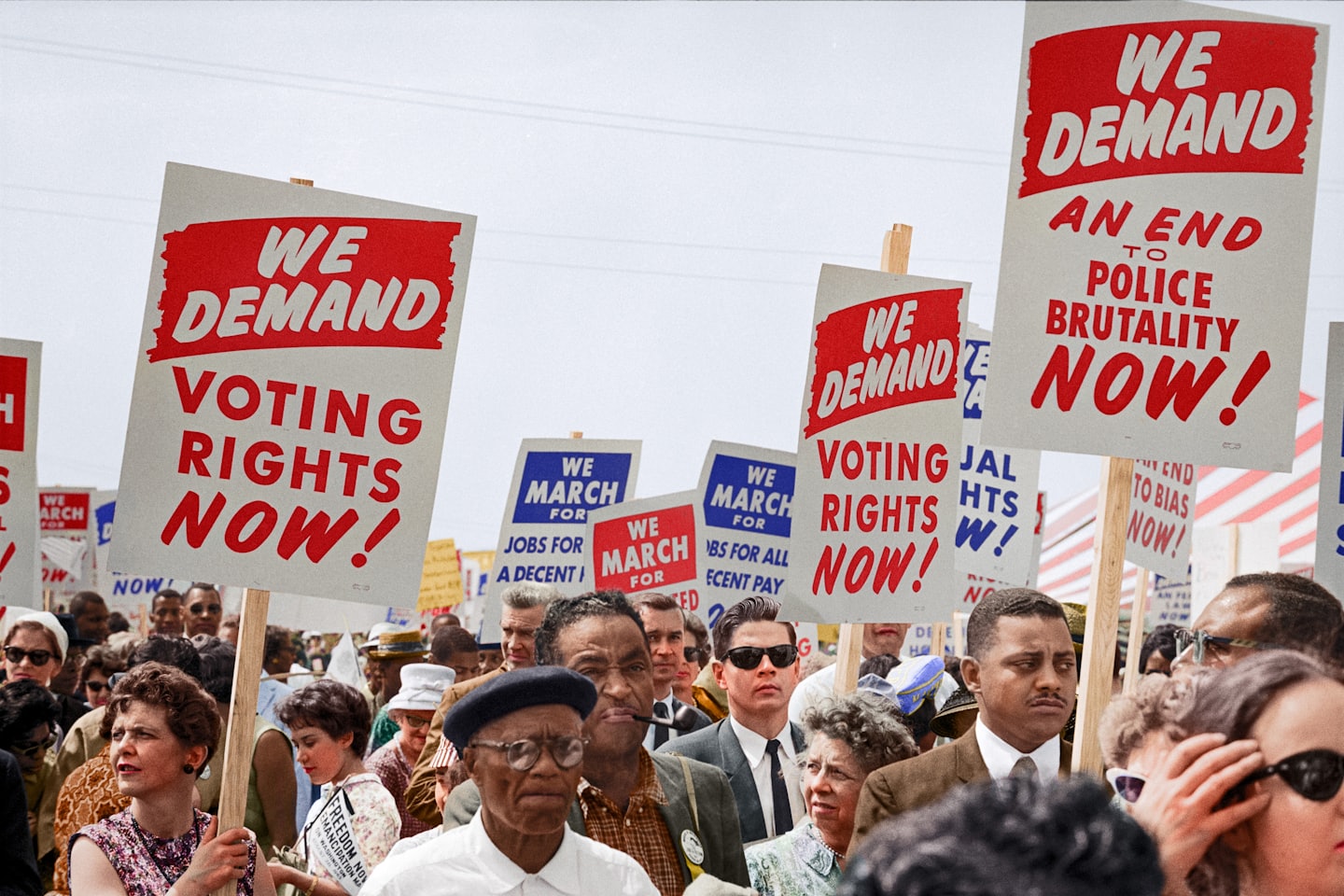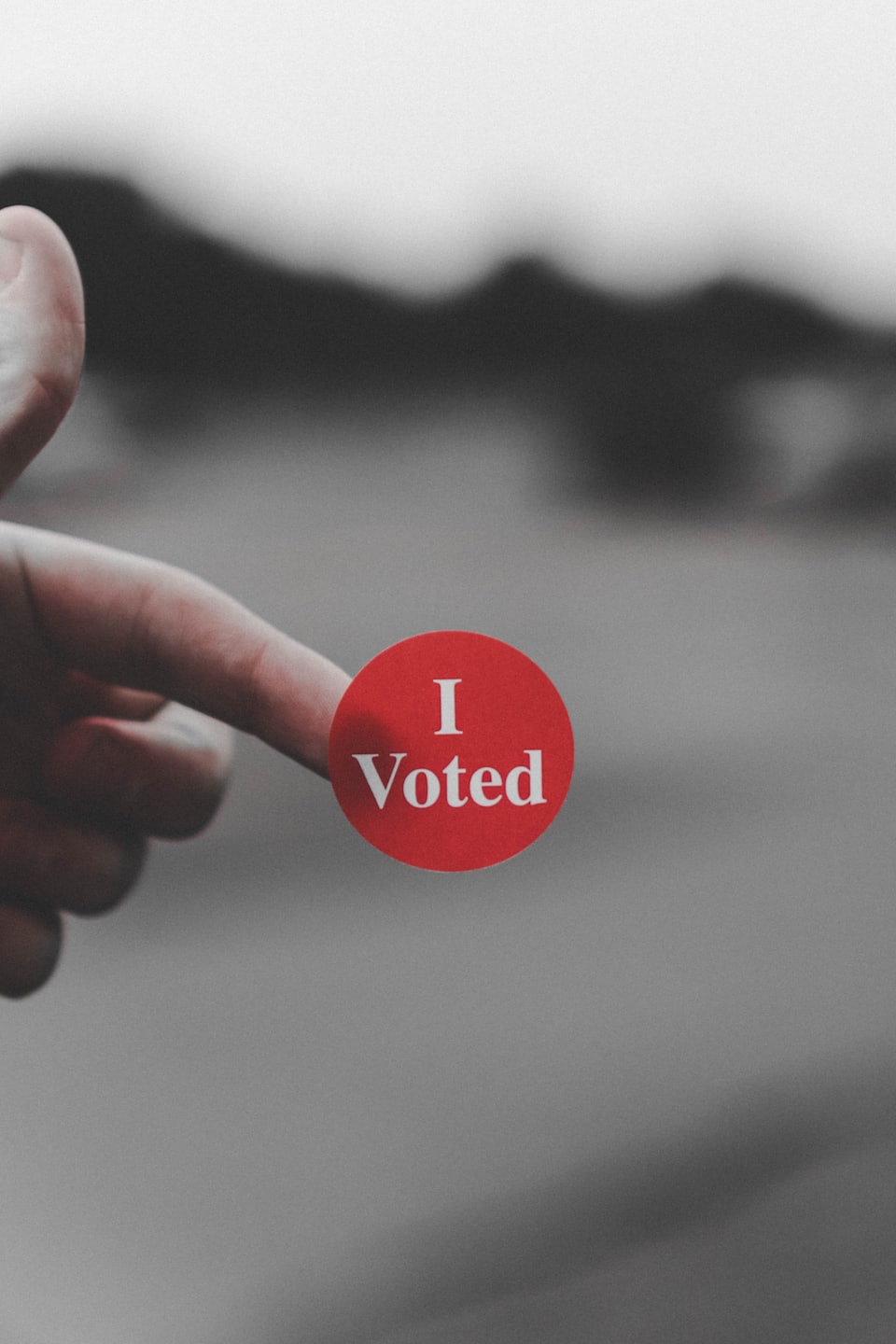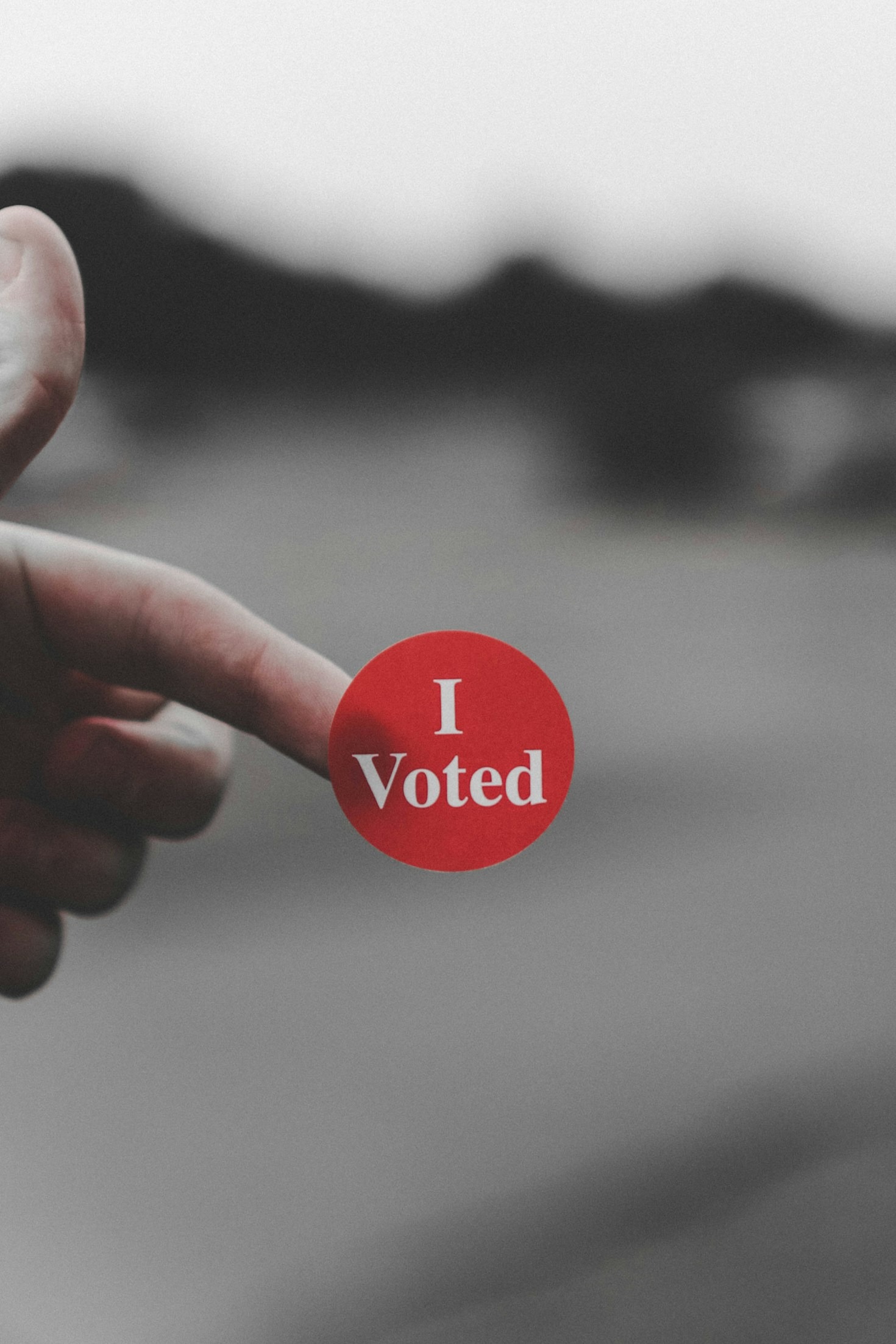Making A PLan
We must seize the circumstance
The weight of governance in this country is being shifted to the voting public. Whether or not a jury of our peers is still sufficient, we were faced with the judgement of having a felon in the White House. We are faced with talk of annexing our best friend to the north and seizing the assets of a sovereign nation to the south. They are cutting Medicaid, Medicare, and Social Security.
“There is a deep sense of outrage and betrayal,”
As they try to make these changes, they will need to reach a critical mass. It is time for the voting public to seize the process. We need our own public process to make our own plan. They leave it to the voters because they can divide and conquer vulnerable populations. Remember, it only takes 1.2 % to claim a mandate.

Empowering Citizens to Shape the Future with the tools available to them.
All empowerment starts with a plan…. The United States is a big place. Just like any other elephant. we take one bite at a time. Step one is our data plan. We need to extract and use the available census and demographics data to define the issues that we face. Then we need to break the United States into small enough blocks economically and into the necessary political divisions to be effective. This is where we will begin. We have defined step 1. The rest we must do together.
Take My Country Back is dedicated to amplifying public voices, combating misinformation, and fostering informed voter engagement to strengthen democracy and protect civic integrity.



Championing Democracy Through Voter Empowerment
Discover critical data that reveals impactful achievements and progress milestones.
150
Engagement Rate
This data point examines how actively voters are participating in nationwide initiatives.
350
Advocacy Growth
This figure reflects the increase in community initiatives and voter mobilization efforts.
Blog
Explore a collection of articles, perspectives, and tools designed to empower and educate voters on critical issues.
-

The Role of Information in Decision Making starts with good data. So does our plan.
Our plan begins with the preservation of Public Access to Government Data. We do not believe the next four years bode well for public access to government data. And the access will be necessary to construct a public plan. We are calling this step one of this effort “the Plan to Preserve Public Access to Government Data Anchored in Constitutional Guarantees and Oaths of Office.”
Our Objective is to: To protect public access to government data as a constitutional obligation, ensuring transparency, accountability, and the promotion of the general welfare for current and future generations.
Our Foundational Principles are:
1. The General Welfare Clause – Highlighted in the Preamble and Article I, Section 8, the general welfare principle mandates the government to act in the public’s best interest by supporting informed decision-making and fostering trust.
2. Oaths of Office – Public officials swear to uphold and defend the Constitution. This duty includes ensuring that policies and practices align with democratic values, such as transparency, accountability, and public accessibility to information.
3. First Amendment Protections – Ensures the public’s right to receive and share information freely, reinforcing the importance of accessible government data.
On this basis we propose the following Action Plan…
1. 1 – A Data Preservation and Transparency Initiative consisting of Partnerships: A Collaboration with and between academic institutions, non-profits, and civic organizations to archive datasets at risk of loss or removal. These datasets are planned for
1.2. A Public Repository: Develop an accessible online platform named “The Democracy Data Vault,” housing preserved datasets critical to public welfare, including environmental, health, and economic data.


The rationale guiding the beginning of this effort is: Census data. Census data is essential for defining and addressing the needs of diverse communities, as it provides the core metrics for understanding population distribution, socio-economic conditions, and regional disparities.
This generates the following action item: – Preserve key datasets from Census.gov, including population statistics, age distribution, race and ethnicity data, income brackets, and housing data.
Step 2: Further defining the data by usage.
2. Education and Community Development Defined by Census Demographics.
Rationale: Census data guides decisions on school funding, community resource planning, and educational initiatives tailored to specific populations.
Action Item: Focus on data detailing school enrollment rates, educational attainment levels, and regional resource disparities.
3. Economic and Social Welfare Grounded in Community-Level Data
Rationale: Public programs such as Medicaid, SNAP, and unemployment benefits are allocated based on detailed demographic and community-specific data. Restricting access to these datasets undermines the general welfare by preventing effective policy design.
Action Items: Preserve datasets on employment rates, housing affordability, and access to social services. – Demonstrate how these datasets support government initiatives to reduce inequality, improve quality of life, and provide targeted support to vulnerable populations.
In summary
What we are trying to do is provide a constitutional foundation for the right to collect data and the obligation embodied in the oaths of office to collect that data and make it available to the public. We are also trying to define a type of data to begin our planning process.
So, our target is census data, our rationale is it provides the basis for school funding, community resource planning, and educational initiatives, Medicaid, Medicare, SNAP, and unemployment benefits. With this rationale, the action items are to preserve and archive this data.
-

Outreach and Team Building for Constructing a Plan.
1. In the Data Preservation and Transparency Initiative: We seek to develop Partnerships and collaborate with academic institutions, non-profits, and civic organizations to archive datasets at risk of removal.
A Public Repository is a longer-term vision. Developing an accessible online platform that houses preserved datasets critical to public welfare including environmental, health, and economic data has been a goal of many nonprofits for many years, our vision is being named “The Democracy Data Vault until partnerships and collaborations can coalesce into a decision-making format.
2. Public Advocacy Campaign: We need to add a public advocacy campaign to our efforts to construct a plan. As a start we propose the following. A Thematic Focus: Launch the “In Service of the Oath” campaign to connect the issue to officials’ sworn commitments (oath of office) and the general welfare clause of the Constitution (Article 1 section 8) to the Data Preservation project and the construction of a public plan and budget.
We must define “Engagement Channels”: Use social media, op-eds, public forums, and town halls to educate citizens about the importance of government data for democracy.
Since childhood, we put our hand over our hearts and pledged allegiance to the flag and all that it stood for. Our “In Service of the Oath” campaign is meant to emphasize bringing meaning back to taking an oath, be it the Pledge of Allegiance or the Oath of office.
The emphasis on developing a team of collaborators to review and analyze data needs to be rooted in a grass roots perspective very close if not exactly like the sedition hunters surrounding January 6th. Except that the goal is to crowdsource the federal budget into pieces to look at what it supports and how it generates revenue.


Wrapping Up….
We have discussed long term initiatives in terms of data collection and data archiving by developing collaborations and partnerships with larger institutions. Experience teaches us that there are challenges in any partnership over use and ownership. We must have many baskets to put our eggs in, and many sources to get our eggs from. While we make our outreach, and acquire the census data that we need
What we are trying to do is provide a constitutional foundation for the right to collect data and the obligation embodied in the oaths of office to collect that data and make it available to the public. We are also trying to define a type of data to begin our planning process.
So, our target is census data, our rationale is it provides the basis for school funding, community resource planning, and educational initiatives, Medicaid, Medicare, SNAP, and unemployment benefits. With this rationale, the action items are to preserve and archive this data.
-

Promoting Transparency in the Governing Process
Let us stop for a minute and assess where we stand in regard to starting this effort. We have tried to establish an understanding that the public good must include transparency and access to public (census) data. But we face a challenge of honesty, specifically the taking of an oath upon entering any elected office. This is why our “In Service of the Oath” campaign focuses on upholding the Constitution thru how an elected official uphold their sworn oath to uphold the law. Article 1, Section 8 of the U.S. Constitution unequivocally grants Congress the “power of the purse,” giving it exclusive authority to levy taxes, allocate expenditures, and provide for the general welfare of the nation. The constitution establishes the concept of being a nation of laws and creates the Congress specified in the Article.
“Well, Doctor, what have we got, a republic or a monarchy?” – Elizabeth Willing Powel’s question to Ben Franklin “A republic, if you can keep it.” – Benjamin Franklin’s reply.
Our data transparency campaign is a Proposal to Include a Tariff Category on Point-of-Sale Receipts
Objective:
To enhance transparency in consumer transactions by introducing a distinct category for tariffs on sales receipts, alongside existing tax categories such as city, county, and state taxes.Key Provisions:
- Mandatory Display of Tariff Charges:
- Retailers will be required to include a separate line item on sales receipts indicating the amount of tariffs applied to imported goods sold at the point of sale.
- This category should be labeled “Tariff,” clearly distinguishing it from sales taxes and other charges.
- Applicability:
- This requirement will apply to businesses that sell goods subject to tariffs, ensuring consistency across all points of sale.
- Implementation Mechanism:
- The information on tariff charges will be sourced from importers and wholesalers, who will provide the tariff data for each product in their supply chain.
- Point-of-sale systems will integrate tariff data into the receipt calculation and printing processes.
- Consumer Education:
- The program will include a public awareness campaign to educate consumers on the purpose of tariffs and how they are reflected in prices.
Benefits:
- Transparency: Consumers gain insight into how tariffs influence the prices they pay, fostering greater awareness of trade policies.
- Accountability: Retailers and importers will have a standardized method for reporting tariffs, improving compliance and record-keeping.
- Informed Policy Debate: By making the financial impact of tariffs more visible, this initiative can encourage informed discussions on trade and economic policies.
Challenges and Solutions:
- Technical Implementation:
- Retailers may face initial costs to update point-of-sale systems. These costs can be mitigated through tax credits or grants for businesses implementing the changes.
- Data Accuracy:
- Clear guidelines will be provided to importers and wholesalers to ensure accurate reporting of tariff amounts.
Conclusion:
This proposal aims to empower consumers with greater transparency and foster a deeper understanding of how trade policies affect everyday life. By making tariffs visible at the point of sale, we can bridge the gap between policy decisions and their practical implications for the public.

What we are trying to do is provide a constitutional foundation for the right to collect data and the obligation embodied in the oaths of office to collect that data and make it available to the public. We are also trying to define a type of data to begin our planning process.
So, our target is census data, our rationale is it provides the basis for school funding, community resource planning, and educational initiatives, Medicaid, Medicare, SNAP, and unemployment benefits. With this rationale, the action items are to preserve and archive this data.

Championing Truth in Voting
Join us to amplify your voice and receive updates on key voter issues.
The team at Take My Country Back truly empowers individuals to make informed decisions and take action.

Alex Carter
Community Organizer
Uniting Voters to Shape Tomorrow
188 Hood Avenue, Suite 205
742 Maple Drive, Office 4
+987-654-3210
contact@takemycountryback.com
